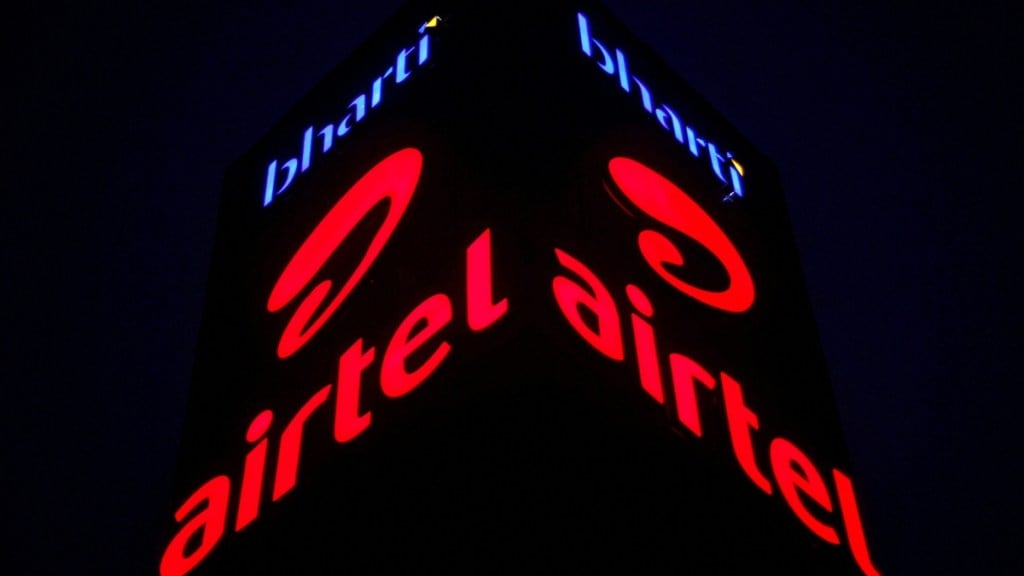Bharti Airtel outpaced peers reporting a 12% revenue growth in the September quarter and a 70-basis-point rise in revenue market share versus FY25 on the back of a stronger subscriber mix and better pricing absorption, analysts said. According to data released by the Telecom Regulatory Authority of India (Trai), the telco’s average revenue per user (Arpu) grew 10% year-on-year, supported by the addition of higher-quality subscribers, which helped it deliver gains across 18 of 22 circles.
Delhi, Uttar Pradesh (East) and Tamil Nadu contributed the most to this expansion, reinforcing Bharti’s position as the sector’s strongest performer in a quarter marked by sharply diverging circle trends. The telco lost its market share in Gujarat and Maharashtra by 5 basis points and 10 basis points, respectively.
What did Jefferies say?
“Bharti’s higher revenue growth suggests better pricing absorption among its customers and better subscriber quality,” experts at Jefferies said in a recent report. Market leader Reliance Jio delivered a 10% revenue growth in the same period, broadly in line with the industry, but its trajectory was driven primarily by subscriber additions rather than pricing-led gains, analysts noted. Jio’s active subscriber base rose 6% year-on-year — the fastest — but Arpu growth slowed to 5%, the weakest of the three private players.
The softer Arpu momentum weighed on market share in metros like Mumbai and Delhi (a decline of 5-20 basis points) and C-circles, although Jio gained ground in Maharashtra, Madhya Pradesh, Gujarat and Uttar Pradesh (West), Trai data revealed.
Comparing Jio and Bharti’s growth pathways
A circle-by-circle comparison highlights how the two operators are charting different growth paths. Bharti gained revenue share in all circles except A-circles and remains the leader in metros and C-circles. Jio, meanwhile, retained its leadership in A-circles and posted double-digit revenue growth in 10 of 22 markets, but the drag in metros — where Arpu fell industry-wide — capped its overall gains.
The pattern underlines the ongoing shift in sector growth from premium urban markets to B- and C-circles, where Bharti’s higher-value user base and pricing power are translating more effectively into revenues. Vodafone Idea reported a 4% revenue growth in the quarter, underpinned by an 11% rise in Arpu, but continued subscriber losses — down 6% year-on-year — pushed its revenue market share down by another 50 basis points to 13.7%, near its all-time low. The company lost share in 16 of 22 circles, with the steepest declines in West Bengal, Kerala and Tamil Nadu.
“Moderating subscriber decline for VIL suggests that subsequent tariff hikes may have a higher positive impact on its revenues which augurs well for Indus Towers’ outlook,” analysts at Jefferies noted. Overall sector revenues grew 10% year-on-year in the September quarter, taking the annualised industry run rate to $34 billion. Industry Arpu growth for the quarter was 7%, while Arpu grew 2.4% year-on-year.
At an industry level, revenue growth was driven by B- and C-circles (13 and 15% on year, respectively). Growth in urban markets slowed with A-circles witnessing 8% growth and metros seeing a 1% decline. The divergence in growth among markets was largely due to Arpu in metro circles declining by 3% on an annual basis, while Arpu in B- and C- circles grew by 10-13% and in A-circles by 5% year-on-year.
Jefferies expects India’s mobile market to expand at a 14% CAGR through FY26-28, reaching $45 billion, with industry Arpu projected to rise to around Rs 265 by FY28 as growth continues to skew towards non-metro circles.

